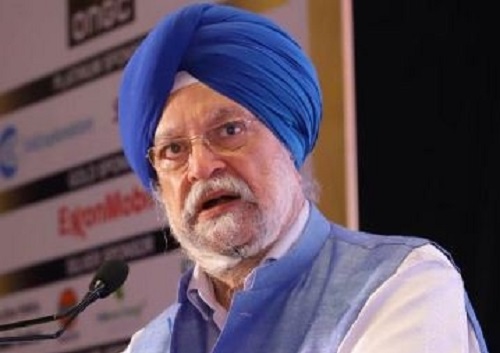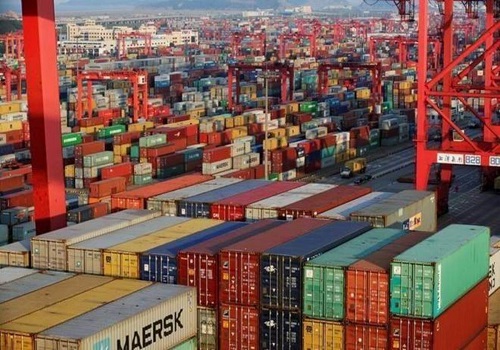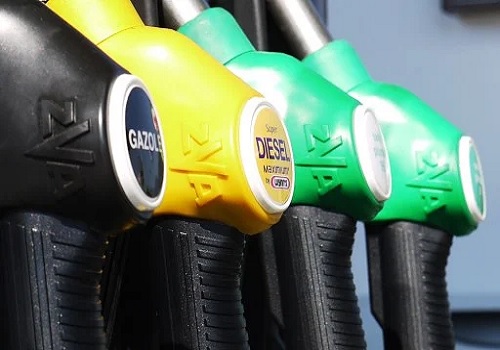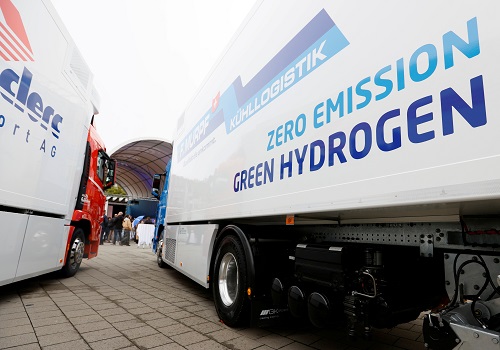Merchandise Trade : Falling crude prices cushion trade deficit - JM Financial Institutional Securities

Follow us Now on Telegram ! Get daily 10 - 12 important updates on Business, Finance and Investment. Join our Telegram Channel
Falling crude prices cushion trade deficit
Trade deficit stabilised at USD 23.7bn in Dec’22. Imports declined for the first time in last two years (-3.5% YoY) while exports de-grew -12.2% YoY. Even though exports decelerated sequentially (-1.1% MoM), flat imports led to a marginal deterioration in trade deficit. Major export categories de-grew, except electronics (+37% YoY). Falling crude price (10% MoM) helped cushion our trade deficit. Russia share in India’s crude imports have grown 10 times since the start of year 2022, entailing benefits in the form of discounts of upto USD 20/bl. We believe India’s CAD target of 3.5% of GDP seems achievable and at the current rate FY23 should close at an accumulated trade deficit of ~USD 296bn
Trade deficit stabilises at USD 23.7bn: India’s merchandise trade deficit stabilised at USD 23.7bn in Dec’22 vs USD 23.4bn in Nov’22. Even though imports remained flat sequentially while exports decelerated by -1.1%, leading to a marginal deterioration in trade deficit. Oil deficit widened to USD 12.5bn from USD 10.3bn prior, even though Brent crude prices (avg) eased by 11% MoM in Dec’22 to USD 78.1/bl.
De-growth in major export categories; electronic exports still strong: Exports de-grew 12.2% YoY in Dec’22 after growing by 9.6% in the previous month. Sequentially, exports de-grew -1.1% MoM (+10.3% prior). Top four categories in exports basket, collectively constituting 55% of total exports de-grew on YoY basis. Namely, Engineering goods (- 11.9%), Petroleum products (-26.9%), Gems & Jewellery (-15.2%) and chemicals (- 6.6%). Electronic goods constituting ~7% of the exports basket, was the only large category to grow (37%) on an annual basis. Textile exports de-grew -7.7% YoY with a sharp sequential gain of 19% MoM, indicating pick-up in demand in the DM economies. Non-oil Non-gold exports representing external demand was down 8.5%, led by unfavourable base effect.
First de-growth in imports in last two years: Imports de-grew (-3.5%) on YoY basis for the first time in last two years, while sequentially remained unchanged. Imports of petroleum was up by 5.9% YoY (11% MoM), even though Brent crude prices were down 11% MoM. Oil deficit (constitutes 53% of the total trade deficit) widened to USD 12.5bn in Dec’22 vs 10.3bn in Nov’22. Hence falling crude prices cushioned our trade deficit in Dec’22. Coal imports of USD 3.3bn, grew 17.4% (-12% MoM) on a lower base, however coal prices have started moderating from the highs of USD 331/tonne in Oct’22 to
Centre’s CAD target of 3.5% of GDP seems achievable: Imports of crude has grown by 17.7% on a 3yr CAGR, it has been observed that the share of crude import from Russia has grown 10 times since the start of year 2022 (Ex 3). Russian Urals are said to be ~USD 20/barrels cheaper than market rate, which has benefitted India in conserving its forex reserves. The countries which lost market share to Russia are Iraq (-9.5%), Saudi Arabia (- 3%) and Kuwait (-2.5%). Trade deficit averaged ~USD 25bn / month during Q3 FY23, at this rate it would close FY23 at ~USD 296bn. We believe that centre’s CAD target of 3.5% of GDP would be met comfortably provided fiscal interventions are made to keep the trade imbalances in check.
To Read Complete Report & Disclaimer Click Here
Please refer disclaimer at https://www.jmfl.com/disclaimer
SEBI Registration Number is INM000010361
Above views are of the author and not of the website kindly read disclaimer



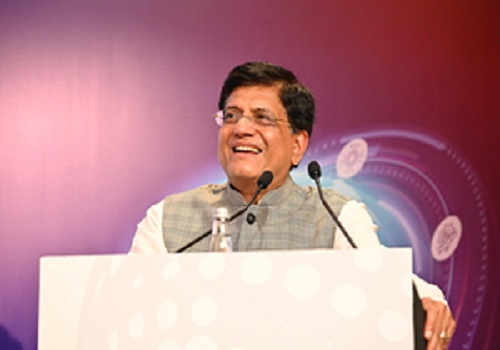

.jpg)







